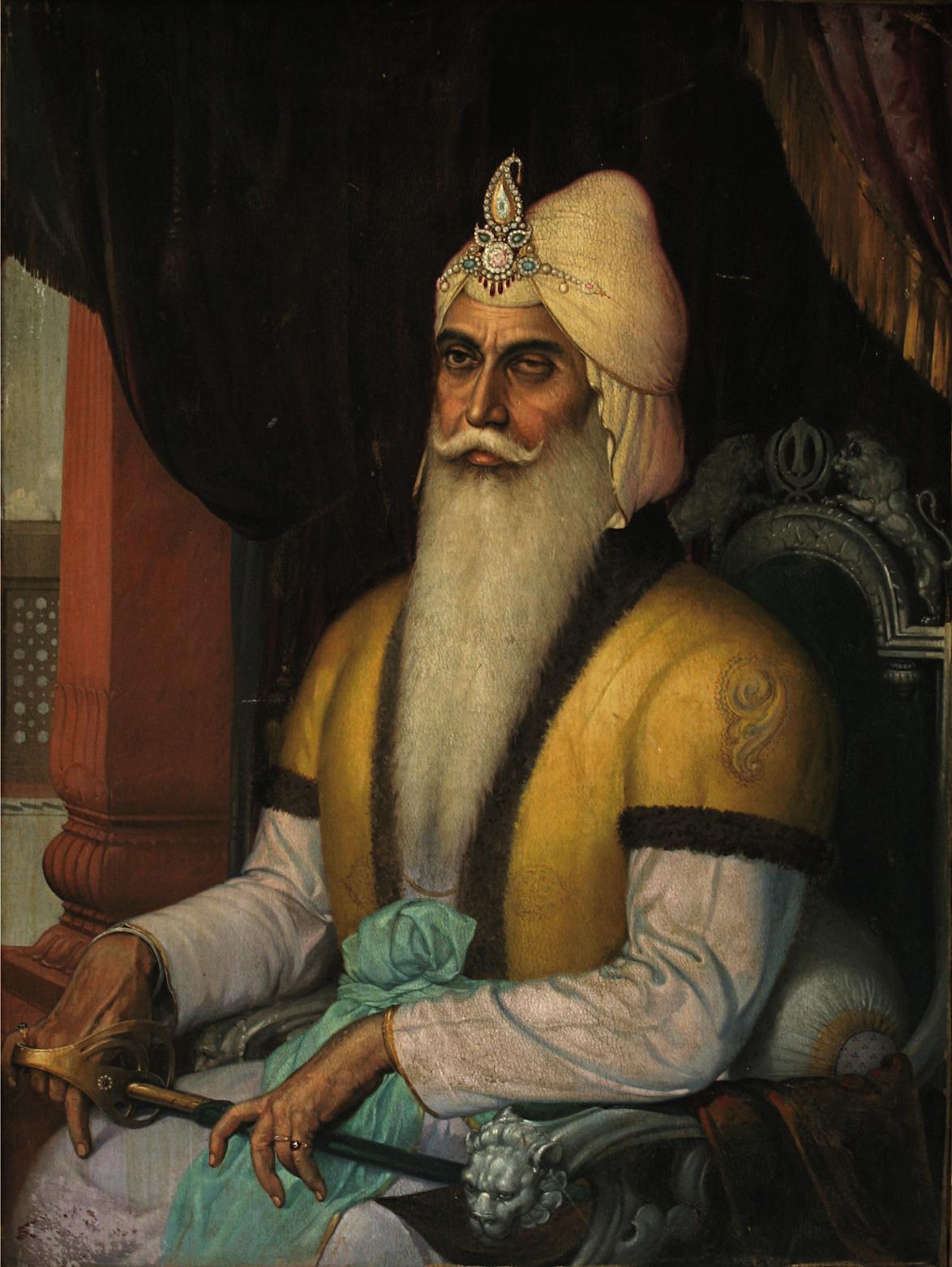The Maharaja seated on a lion-crested silver throne wearing a richly brocaded coat and jeweled turban, his sword resting on his lap.
Above painting will be sold on March 24 sale of Indian and Southeast Asian Art at Sotheby’s New York.
About Sardar Sobha Singh:
Sobha Singh is revered as one the most respected Sikh painters of the twentieth century. Born in the Punjab in 1901, Sobha was a natural prodigy and acquired training in art and craft briefly at the Industrial School in Amritsar. He began his career as an artist in 1923 but his most productive period began in 1949 when he established his studio in the village of Andretta nestled in the hills of the Kangra valley. He remained there until his death, producing a body of work that won wide admiration and acclaim.
The subjects of Sobha’s paintings were drawn from Punjabi romantic folklore – Heer Ranjha, Sohni Mahiwal – Hindu epics, and the Sikh religious tradition. He applied his training in Western academic realism to bring out the nuances of the stories and subjects that he painted, as seen in the present work. Ranjit Singh is pictured at an older age; however his steely countenance and regal disposition are undiminished.
Sobha’s representations of the Holy Sikh Gurus won him particular recognition. To him, creating them was an act of faith and these works are infused with a mysticism that is difficult to define. His most famous portraits are those created to commemorate the 500th birth anniversary of Guru Nanak Sahib and the 300th birth anniversary of Guru Gobind Singh ji. Sobha Singh was awarded the Padma Shri, the highest civilian honor conferred by the Government of India, in 1983.
Munish Dixit writes from Baijnath, Kangra district.




